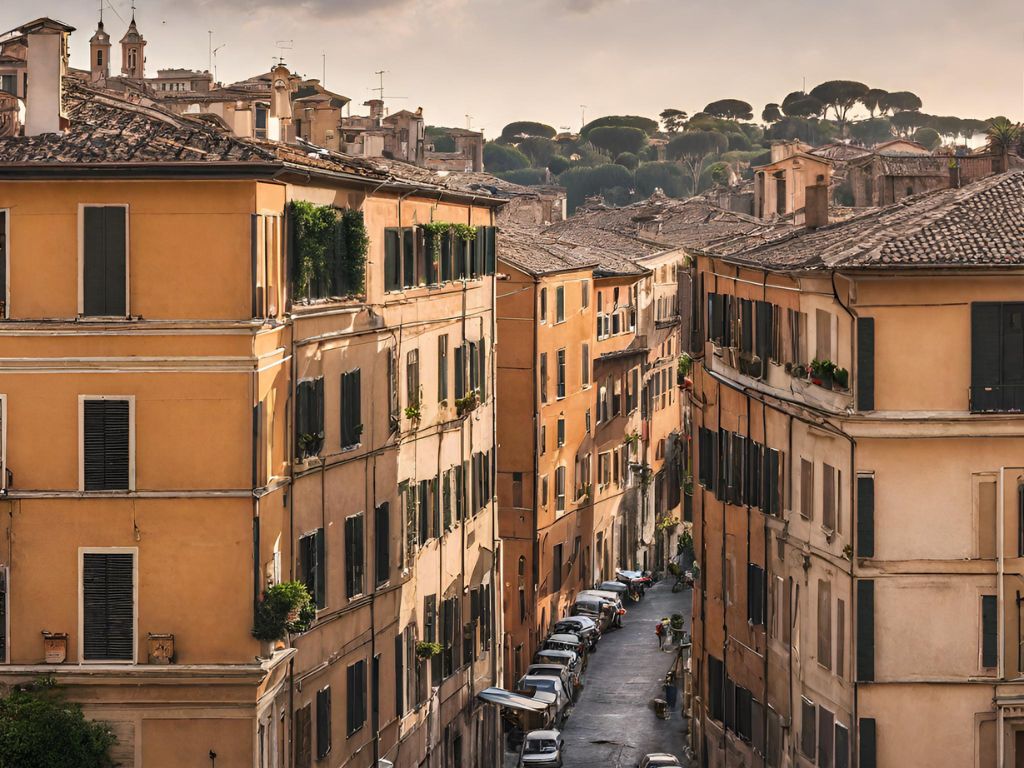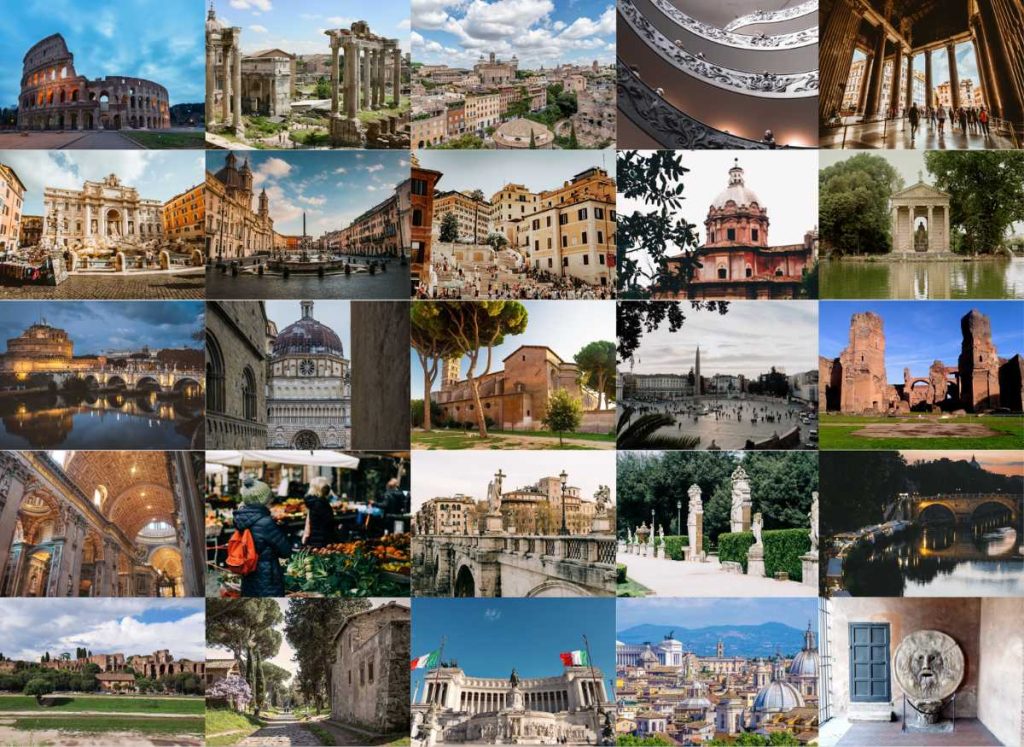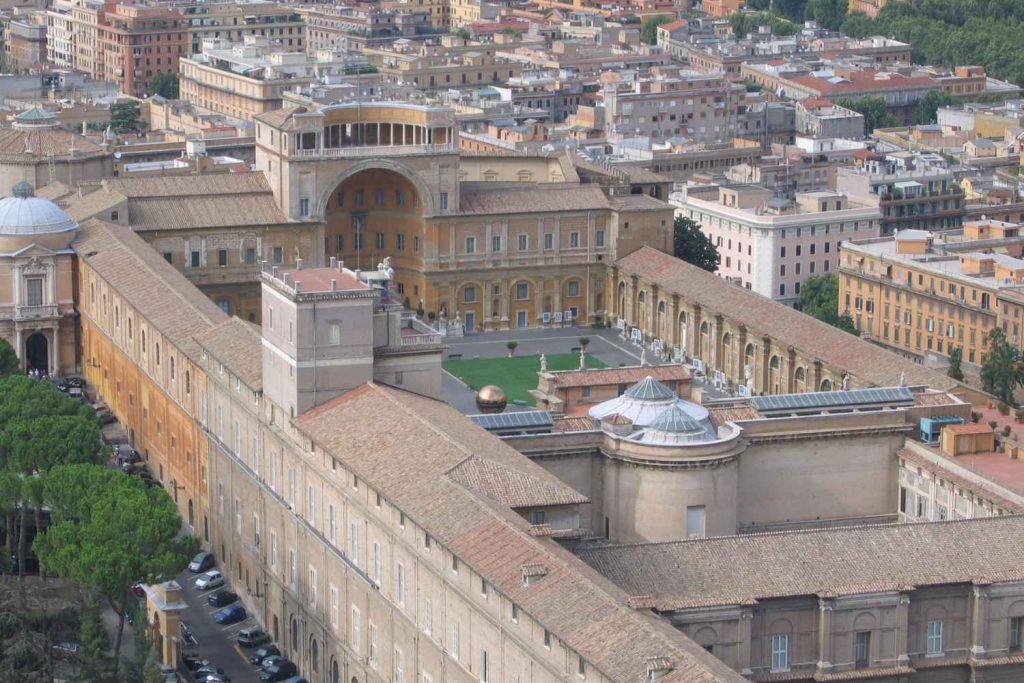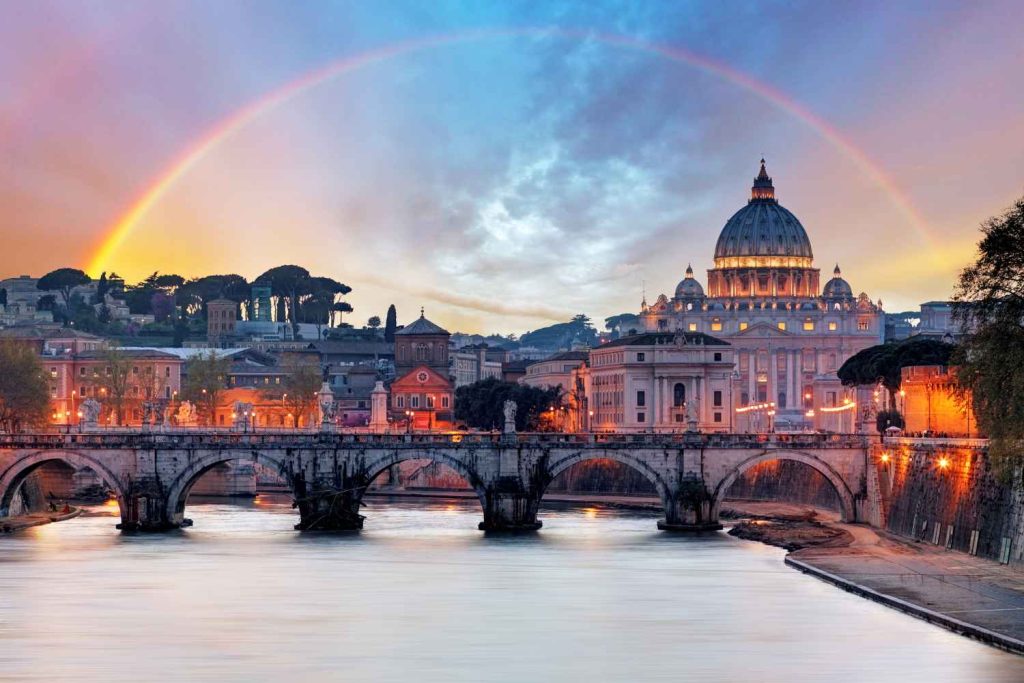Altare della Patria, located in the heart of Rome, this colossal structure is a remarkable testament to Italy’s unification and a must-visit site for travellers seeking insight into the country’s history and culture.
Unveiling the Heart of Rome
When one thinks of Rome, iconic images of the Colosseum, the Vatican, and the Spanish Steps often come to mind. Yet, hidden amongst the timeless beauty of the Eternal City is a monument that’s as majestic as it is divisive: the Altare della Patria, also known as the Monumento Nazionale a Vittorio Emanuele II.
An Architectural Marvel
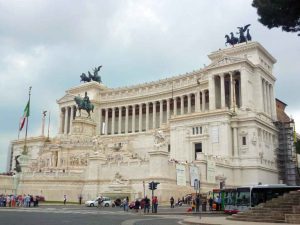
The Altare della Patria is an architectural masterpiece that can’t be missed. Designed by Giuseppe Sacconi in 1885 and completed in 1925, this monument was built in honour of Victor Emmanuel II, the first king of a unified Italy. It stands as a symbol of Italy’s unification and the birth of the modern Italian nation. The monument’s grandiose white marble façade is a marvel of neoclassical and eclectic design, with its intricate sculptures, Corinthian columns, and the towering bronze statue of Victor Emmanuel II on horseback. The structure is often colloquially referred to as the “Wedding Cake” due to its tiered structure and pristine white colour, which gleams brightly under the Roman sun.
The Vittoriano Museum
Inside the Altare della Patria, visitors will find the Museo Centrale del Risorgimento, a museum dedicated to the history of Italian unification and the Risorgimento, the 19th-century movement for Italian independence and unification. The museum houses an impressive collection of artefacts, documents, and artworks that tell the story of Italy’s struggle for unity and freedom. Among the treasures are personal effects of Garibaldi, Mazzini, and other prominent figures in the Italian unification, as well as the flag that was raised when Rome was declared the capital of Italy in 1871. The panoramic terrace at the top of the monument offers breathtaking views of Rome, making it an ideal spot for photos and reflection on Italy’s rich history.
The Eternal Flame and the Altar of the Fatherland
The Altare della Patria is also home to two symbolic elements that should not be missed. The first is the Altar of the Fatherland, a sombre yet powerful monument that pays tribute to the soldiers who lost their lives during World War I. It features an eternal flame, symbolising the memory of the fallen soldiers and is a place for remembrance and reflection. The adjacent Hall of the Flags is a solemn chamber lined with the flags of Italy’s regions, adding another layer of national pride and unity.
The Tomb of the Unknown Soldier
The Tomb of the Unknown Soldier at the Altare della Patria, also known as the Monumento Nazionale a Vittorio Emanuele II, holds a poignant significance in Italian history. Constructed in 1921, the tomb serves as a symbol of remembrance for those soldiers who lost their lives during World War I and remain unidentified. The location of the tomb within the grandiose Altare della Patria adds to the solemnity and reverence of the site.
The responsibility of guarding the Tomb of the Unknown Soldier falls upon the Bersaglieri, an elite corps of the Italian Army known for their exceptional marksmanship and agility. The Changing of the Guard ceremony, a ritual that takes place every hour, is a meticulously choreographed display of military precision and tradition. The soldiers involved in this ceremony undergo rigorous training to ensure that the ritual is carried out with the utmost respect and discipline.
Visitors to the Altare della Patria have the opportunity to witness the Changing of the Guard ceremony, an experience that offers a profound connection to Italy’s military history and the sacrifices made by unknown soldiers. The ceremony is not only a tribute to the fallen but also a representation of the nation’s commitment to honoring its military heritage. It provides a moment for reflection and remembrance, allowing visitors to pay their respects to those who gave their lives in service to their country. The Tomb of the Unknown Soldier stands as a powerful symbol of the collective memory and gratitude of the Italian people for the sacrifices made by their servicemen during times of conflict.
Getting There and Practical Tips
To reach the Altare della Patria, you can take a pleasant stroll from many of Rome’s popular attractions, such as the Roman Forum, Capitoline Hill, and Piazza Venezia, which is where the monument is located. The closest Metro station is Colosseo, and several bus lines also stop nearby. It’s a good idea to visit early in the day to avoid the crowds and the midday heat, and be sure to dress appropriately for the museum if you plan to visit.
The Altare della Patria is a monumental journey through Italy’s history and a striking tribute to the country’s unification. While it may be controversial to some due to its sheer size and neoclassical design, it remains an essential stop for travellers who want to delve deeper into the rich tapestry of Italy’s past. The breathtaking architecture, thought-provoking museums, and solemn memorials at this iconic site ensure a visit that’s both insightful and awe-inspiring, leaving a lasting impression on anyone who ventures to this iconic Roman landmark.
Exploring the Surrounding Area
Beyond the Altare della Patria itself, the surrounding area offers numerous attractions and experiences that further enrich your visit to Rome. Piazza Venezia, where the monument is situated, is a bustling hub of activity and history.
The square is dominated by the Altare della Patria on one side, but it’s also home to the Palazzo Venezia, a beautiful Renaissance palace that now houses a museum showcasing art and history. Exploring the square and its surroundings provides an immersive experience in the heart of Rome’s vibrant culture and heritage.
The Roman Forum and Capitoline Hill
A short walk from the Altare della Patria will lead you to two of Rome’s most iconic archaeological sites: The Roman Forum and Capitoline Hill. The Roman Forum, once the centre of Roman public life, is a captivating archaeological park where you can wander among the ruins of ancient temples, basilicas, and government buildings. It’s a place to imagine the hustle and bustle of ancient Rome and reflect on the city’s rich history.
Capitoline Hill, one of Rome’s seven hills, is home to the Capitoline Museums, which house an exceptional collection of classical art and historical artefacts. The piazza atop the hill offers a breathtaking view of the Roman Forum and other famous landmarks, making it an ideal spot for taking in the city’s beauty.
The Pantheon
A little farther from the Altare della Patria, you’ll find the Pantheon, one of the best-preserved ancient Roman buildings. This remarkable temple, originally dedicated to all the gods of ancient Rome, features a massive concrete dome with an oculus at the centre, allowing sunlight to flood the interior. It’s a masterpiece of engineering and architecture and a must-visit attraction in Rome.
Trastevere
For a change of pace, venture across the Tiber River to Trastevere, a charming and picturesque neighbourhood known for its narrow winding streets, colourful buildings, and lively atmosphere. Explore its artisan shops, dine at traditional Roman trattorias, and soak in the authentic Roman lifestyle.
Practical Tips for Exploring
Rome’s historic centre is best explored on foot, so comfortable walking shoes are a must. Be sure to take plenty of breaks to savour Italian espresso and gelato at the numerous cafes and gelaterias in the area. Since many of these attractions are popular, it’s wise to purchase tickets in advance or arrive early to avoid long lines, especially during peak tourist seasons.
In Closing
The Altare della Patria is not just a monument; it’s a gateway to the heart and soul of Rome. When you visit this colossal structure, you’re not only witnessing a powerful symbol of Italian unity but also immersing yourself in the captivating history and culture of the Eternal City. With its historical treasures, captivating views, and proximity to other remarkable landmarks, the Altare della Patria is an integral part of any traveller’s Roman adventure. So, set your course to this monumental journey and explore the rich tapestry of Rome’s past and present.
More articles you might like...
You can find more great Rome content in the following categories;
All about Vatican City Commonly Asked Rome Questions Rome Accommodation Rome Food and Drink Rome History and Culture Rome Neighbourhoods Rome Tours and Must-See Attractions

